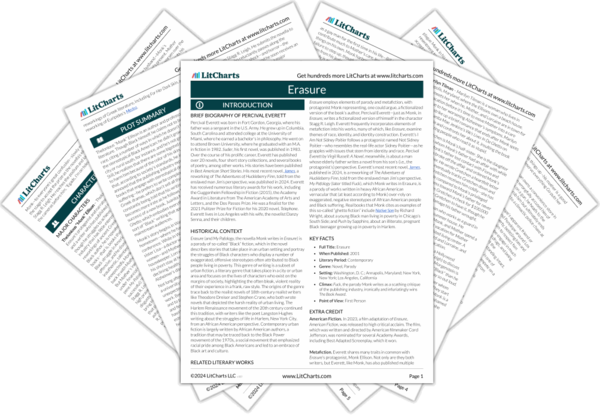The ease with which Tom passed the show’s entrance test indicates that he is highly intelligent, and his success at answering Spades’s questions correctly and thoroughly reaffirms this. The indifference (and perhaps even annoyance) with which Spades responds to Tom’s correct answers suggests that Tom is upsetting his (and the audience’s) expectations for the intellectual capacity of a Black man. Meanwhile, Dullard’s lack of intelligence contradicts his long list of accolades (though it aligns with his last name). In Monk’s short story, then, the game show examines racial stereotypes and what happens when people like Tom contradict those.
